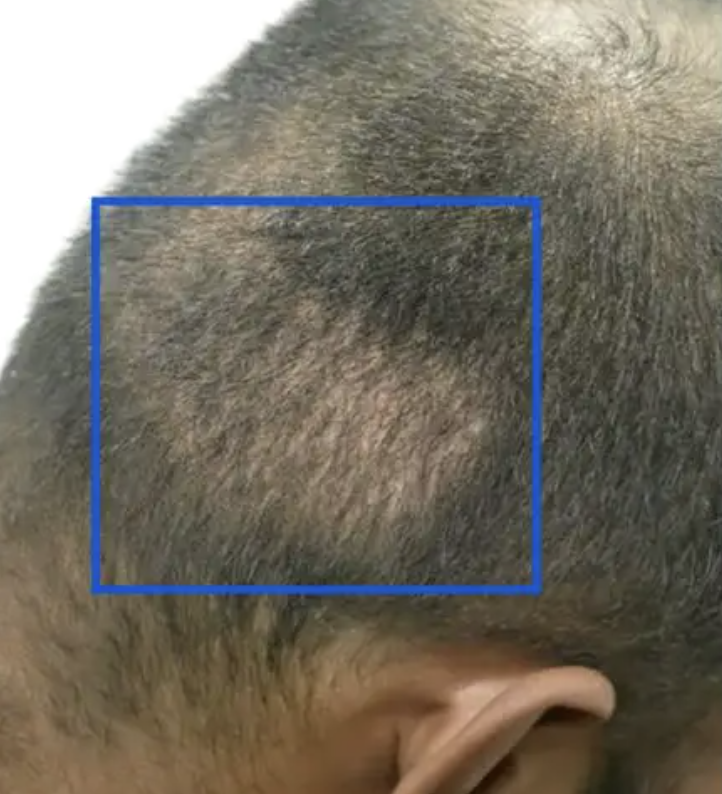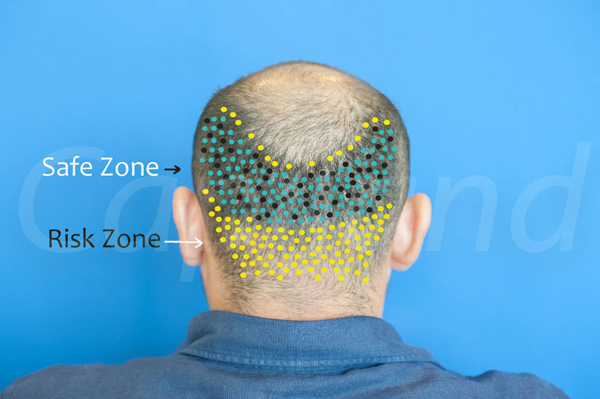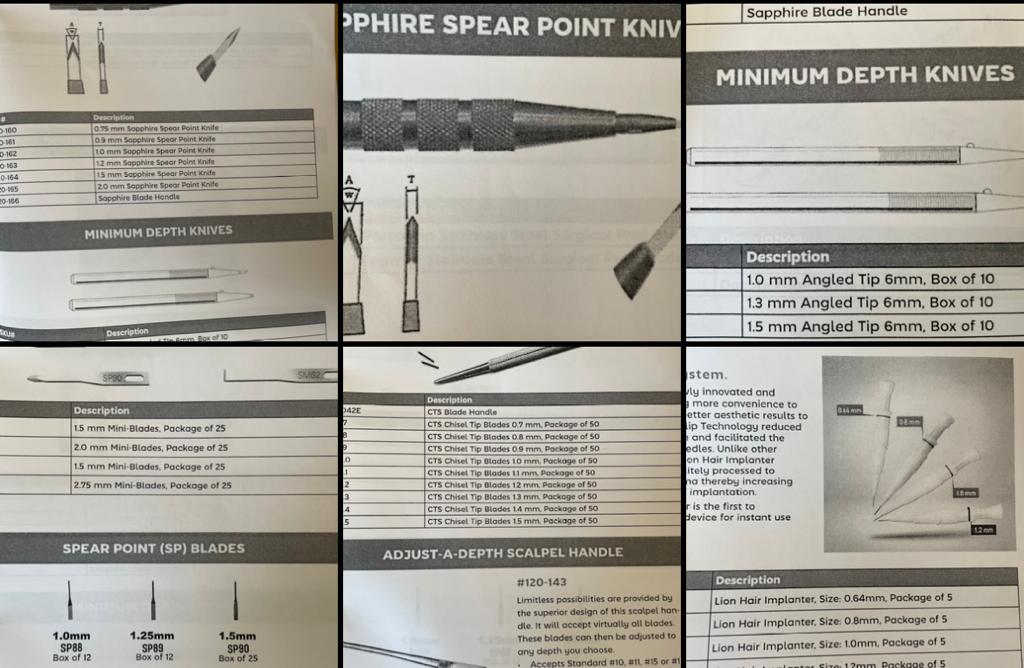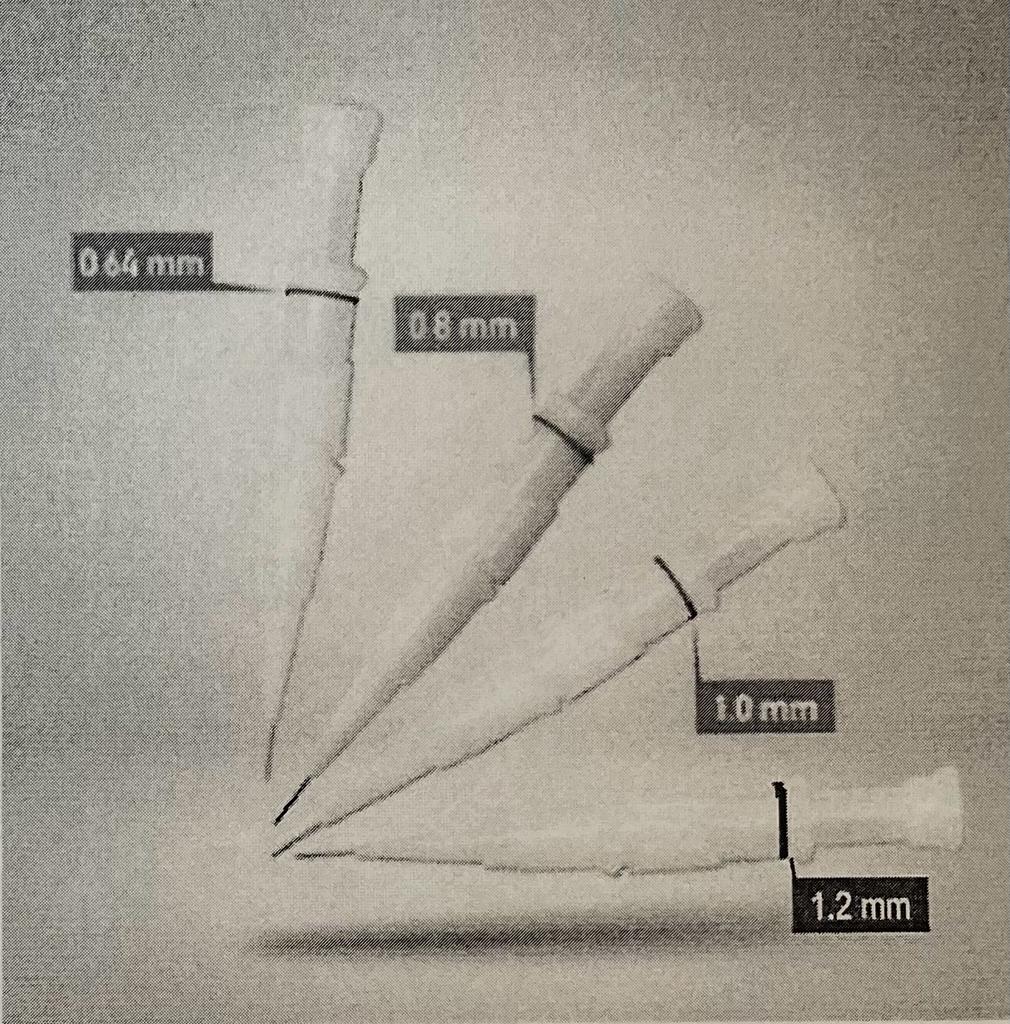CAPILAND
Hair transplants: Mexico vs. Turkey
Escrito por Dr. Hector Sandoval
In the last 10 years Turkey has become the country where the most hair transplant procedures are performed each year. How did this country gain such distinction? Are hair transplants there actually that inexpensive? Is there something special to their hair transplant techniques? In this article I´ll share my opinion regarding the clinics in Turkey and how much is fact and how much is fiction and how does traveling there compare to having your hair restored in Mexico.
The first reason Turkey is so popular is the cost of a procedure when compared to the rest of Europe. Grafts can cost from 1 to 4 dollars or $1200 to 7000 per procedure. This places them well below the costs in the US and Canada where prices per graft range from 6 to 11 dollars or 6000 to 20000 per procedure. In this sense Turkey is a more price accessible option but in reality the prices are very similar to Mexico where you´ll find only about a 10% increase. Of course I should say that price shouldn't be the deciding factor when you're dealing with an aesthetic procedure that happens to be irreversible but we´ll talk about that a little later.
The second reason Turkey stands out is the extreme sessions some clinics offer. Procedures where all the hair grafts possible are extracted without a concern for future hairloss. I specifically mean that extractions are done one after another depleting the donor area and leaving the back of the scalp scarred. For the common observer the scars are only small white dots but when thousands are added to the area without leaving hair in between them for proper concealment then the aspect of your donor area is deteriorated. Some compare the aspect to a “moth-eaten” look. Some patients with light hair have to keep their hair very short so that the spots are not so visible but others with darker hair must use micropigmentation to color-in the scars.

“Extreme sessions” also includes extracting grafts from outside the safe donor area such as close to the crown or very low in the nape towards the neck. The hair from these areas can thin out within a few years or even fall out which would also be noticeable in the recipient area.

The extreme session concept goes hand in hand with this idea that if you are traveling as far as Turkey for a better price then you should get as many grafts as possible. This logic results absurd when in a short time span you realize some of the grafted hair starts to thin out and your overall result starts to diminish in density. Of course, Turkey is not the only country where these types of sessions are practiced but probably the most visible case and maybe just a victim of its own fame.
Lastly there are the Sapphire and DHI techniques which are just fancy names for everyday devices most hair transplant doctors use. The first technique refers to a blade used for making recipient sites. It 's actually available to doctors all over the world through medical material distributors and not a device that belongs to one specific clinic. The device supposedly lasts sharp longer but it isn't actually the smallest instrument for site production which offsets that advantage since it ends up damaging more tissue and ultimately the Sapphire blade is only one of many similar instruments on the market.


Another reason hair transplant clinics have proliferated in Turkey is that the great majority practice the FUE punch extraction technique. This procedure has the peculiarity of being “easy” to learn; however, it's very hard to master.. It consists of using a punch to create a circular incision around each follicular unit creating almost instantly the new graft which is then extracted with forceps and ready for planting. This is pretty simple and can be taught in only a few minutes; however, in a typical session thousands of grafts must be extracted and then thousands planted. The time required is key since graft exposure times should be minimized for optimum growth and for the reduced fatigue of the physician and his staff. There are too many cases online where the grafts didn’t grow and the main reason is the time factor. If this is your case, returning to Turkey to complain is useless since you’ll only be offered a free second session with exactly the same technique.
So is it worth it to travel to Turkey to get a hair transplant? If you are only looking for the best possible price the answer is no. But if you find a clinic that convinces you with natural looking results, a clinic that honestly practices both hair extraction techniques and so they can be impartial when proposing the best approach for your case then yes, it is worth traveling anywhere in the world for your best aesthetic result. Fortunately, these pitfalls can be avoided using one simple tip: make sure you consult directly with the doctor who will practice your procedure and see you in the follow-up and never accept to see just a salesperson.
Comparte este post si te gustó


